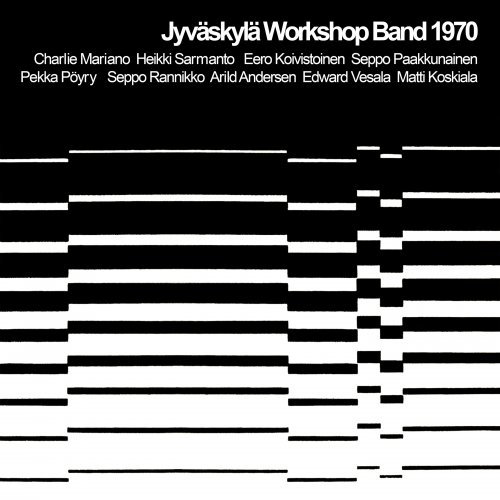Armonico Tributo, Lorenz Duftschmid - Georg Muffat - Nobilis Juventus (1999)
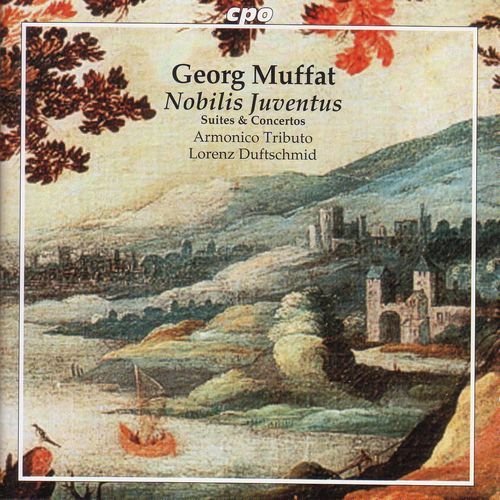
Artist: Armonico Tributo, Lorenz Duftschmid
Title: Georg Muffat - Nobilis Juventus
Year Of Release: 1999
Label: CPO
Genre: Classical
Quality: FLAC (image+.cue,log,scans)
Total Time: 63:34
Total Size: 407 mb
WebSite: Album Preview
Tracklist: Title: Georg Muffat - Nobilis Juventus
Year Of Release: 1999
Label: CPO
Genre: Classical
Quality: FLAC (image+.cue,log,scans)
Total Time: 63:34
Total Size: 407 mb
WebSite: Album Preview
1. suite for strings & continuo ad lib (Florilegium 2. No. 8): Ouverture Indissolubilis Amititia
2. Un Fant“me (A P Indissolubilis Amititia
3. Les Canaries Indissolubilis Amititia
4. Les Pa‹sans (Th Indissolubilis Amititia
5. Les Gendarmes ( Indissolubilis Amititia
6. Sarabande pour Indissolubilis Amititia
7. Concerto Grosso No. 5 in D major ("Saeculum") (from Ausserlesene Instrumental-Music): Sonata: Grave
8. Allegro
9. Allemanda: Lar
10. Grave
11. Gavotta: Alla
12. Menuet: Allegr
13. suite for strings & continuo ad lib (Florilegium 2, No. 1): Ouverture Nobilis Juventus
14. Air pour les Hollandoi Nobilis Juventus
15. Gigque pour des Angloi Nobilis Juventus
16. Menuet, pour des Fran‡ Nobilis Juventus
17. Entr‚e de Maitres d'ar Nobilis Juventus
18. Jeunes Espagnols Nobilis Juventus
19. Menuet pour des Amazon Nobilis Juventus
20. Bour‚e de Marly imit‚e Nobilis Juventus
21. Concerto Grosso No. 12 in G major ("Propita Sydera") (from Ausserlesene Instrumental-Music)
22. Concerto Grosso No. 6 in A minor ("Quis hic") (from Ausserlesene Instrumental-Music): Sonata: Allegr
23. Aria: Allegro
24. Grave/Aria: Al
25. Borea: Alla br
26. Concerto Grosso No. 8 in F major ("Coronatio Augusta") (from Ausserlesene Instrumental-Music): Sonat
27. Allem
28. Grave
29. Gavot
30. Ronde
Performers:
Armonico Tributo
Lorenz Duftschmid, conductor
Emotions ruffle the elegant surface of these instrumental suites by Georg Muffat - caprice, melancholy, martial fervor, amorous longing - and like ripples on a moonlit pond, they shimmer and are gone. They're only ripple deep, these musical evocations, easily recognized but not sustained. Even the titles are stylized - "Indissoluble Friendship", "Noble Youth", Chaconne of the "Lucky Stars", "Quis Hic?".. Who's There? Who indeed? The dancing master, of course! The five suites are composed of the familiar courtly dances of the 17th Century: minuets, bourees, gigues, sarabandes, gavottes, all so exquisitely graceful that one can easily visualize the dancers in their brocades and lace. It helps the imagination, of course, that the orchestra is as polished as the music. Armonico Tributo, led by Lorenz Duftschmid, is a youngish Austrian ensemble, devoted to the music of Muffat and other composers of the Salzburg Baroque. Judging by this CD, they have the musicianship to stamp title to this repertoire.
How is it that music expresses emotions recognizable across barriers of time, language, and culture. I can tell you how musicians do it in pragmatic terms. Minor keys evoke darker emotions, majors evoke cheer. The dorian mode is grave, the lydian is lascivious, the ionian is bluff and bibulous. Triple meters are capricious, duples can be somber or martial. Etc. It sounds like shabby trickery, but it works. However, there's a much deeper question of the emotional response that all people seem to feel to music, and of course there's the very deep question of how emotions are physiologically encoded in the human brain. If either of those questions intrigues you, take a look at the book "The Singing Neanderthals" by Steven Mithen. Dr. Mithen speculates that music and language evolved together, with music perhaps preceding. There may well be, according to Mithen, a genetic basis for music and responses to music, and that genetic basis may even be shared with other vertebrates from songbirds to whales.
Georg Muffat (1653-1704) was a Savoyard of English heritage who found his musical home in Vienna and Salzburg, and made quite a career for himself in the once wealthy city of Passau under the patronage of one of those illustrious bishops, Johann von Lomberg. Unfortunately, most of Muffat's mature compositions were destroyed in the War of the Spanish Succession, when Passau was besieged and Muffat himself stricken. Thus it's wistfully appropriate that Muffat's most often performed music be the suite Noble Youth - Nobilis Juventus.
The several publication of Muffat's instrumental music were all perefaced with instruction for instrumentation, from a minimum of five string instruments to a full Baroque orchestra featuring oboes, bassoons, and percussion. Armonico Tributo offers us a generous realization of the grander version, with recorders, gambas, theorbo, and continuo in addition to the strings and reeds. This is the sort of music that relies on artifice to dazzle the listener, but makes no effort to dominate the occasion. You can listen to it with pleasure while chatting quietly with your table companion, or while tending your orchids, perhaps even while tapping a comment on amazon. Charming and skillfully composed, but not profound.
How is it that music expresses emotions recognizable across barriers of time, language, and culture. I can tell you how musicians do it in pragmatic terms. Minor keys evoke darker emotions, majors evoke cheer. The dorian mode is grave, the lydian is lascivious, the ionian is bluff and bibulous. Triple meters are capricious, duples can be somber or martial. Etc. It sounds like shabby trickery, but it works. However, there's a much deeper question of the emotional response that all people seem to feel to music, and of course there's the very deep question of how emotions are physiologically encoded in the human brain. If either of those questions intrigues you, take a look at the book "The Singing Neanderthals" by Steven Mithen. Dr. Mithen speculates that music and language evolved together, with music perhaps preceding. There may well be, according to Mithen, a genetic basis for music and responses to music, and that genetic basis may even be shared with other vertebrates from songbirds to whales.
Georg Muffat (1653-1704) was a Savoyard of English heritage who found his musical home in Vienna and Salzburg, and made quite a career for himself in the once wealthy city of Passau under the patronage of one of those illustrious bishops, Johann von Lomberg. Unfortunately, most of Muffat's mature compositions were destroyed in the War of the Spanish Succession, when Passau was besieged and Muffat himself stricken. Thus it's wistfully appropriate that Muffat's most often performed music be the suite Noble Youth - Nobilis Juventus.
The several publication of Muffat's instrumental music were all perefaced with instruction for instrumentation, from a minimum of five string instruments to a full Baroque orchestra featuring oboes, bassoons, and percussion. Armonico Tributo offers us a generous realization of the grander version, with recorders, gambas, theorbo, and continuo in addition to the strings and reeds. This is the sort of music that relies on artifice to dazzle the listener, but makes no effort to dominate the occasion. You can listen to it with pleasure while chatting quietly with your table companion, or while tending your orchids, perhaps even while tapping a comment on amazon. Charming and skillfully composed, but not profound.
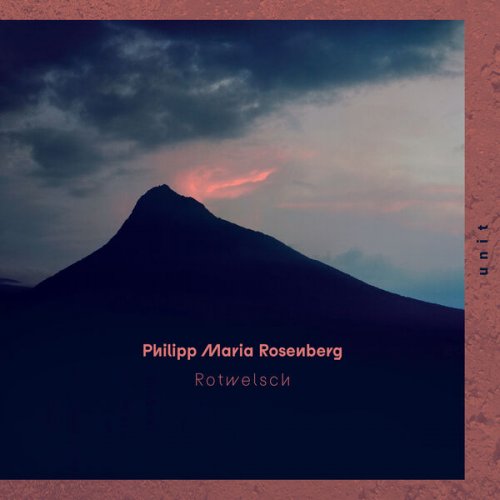
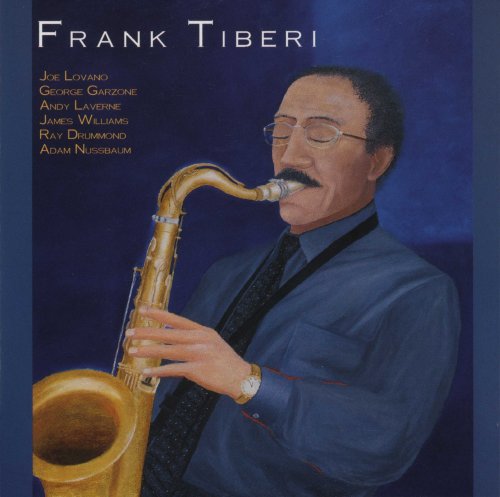

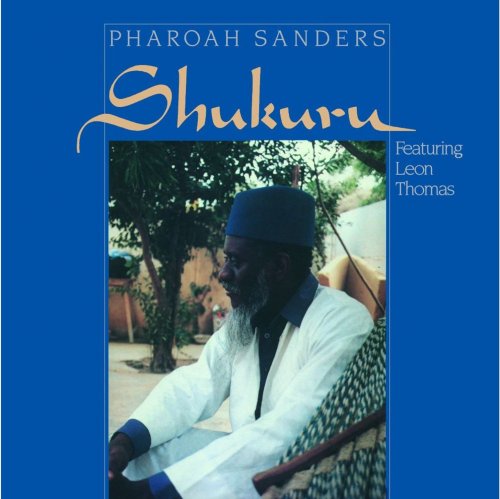
![Lennart Ginman, Thomas Blachman, Carsten Dahl - Play Ballads (2025) [Hi-Res] Lennart Ginman, Thomas Blachman, Carsten Dahl - Play Ballads (2025) [Hi-Res]](https://www.dibpic.com/uploads/posts/2025-12/1764687057_folder.jpg)
![Mayuko Katakura - Inspiration (2009) [Hi-Res] Mayuko Katakura - Inspiration (2009) [Hi-Res]](https://www.dibpic.com/uploads/posts/2025-12/1764910595_folder.jpg)
![Ari Colares, Marcelo Jaffe, Edu Ribeiro, Ensemble SP - Do Carimbó Ao Chamamé (2025) [Hi-Res] Ari Colares, Marcelo Jaffe, Edu Ribeiro, Ensemble SP - Do Carimbó Ao Chamamé (2025) [Hi-Res]](https://www.dibpic.com/uploads/posts/2025-12/1764583700_xgnvtsn7zc8qb_600.jpg)
